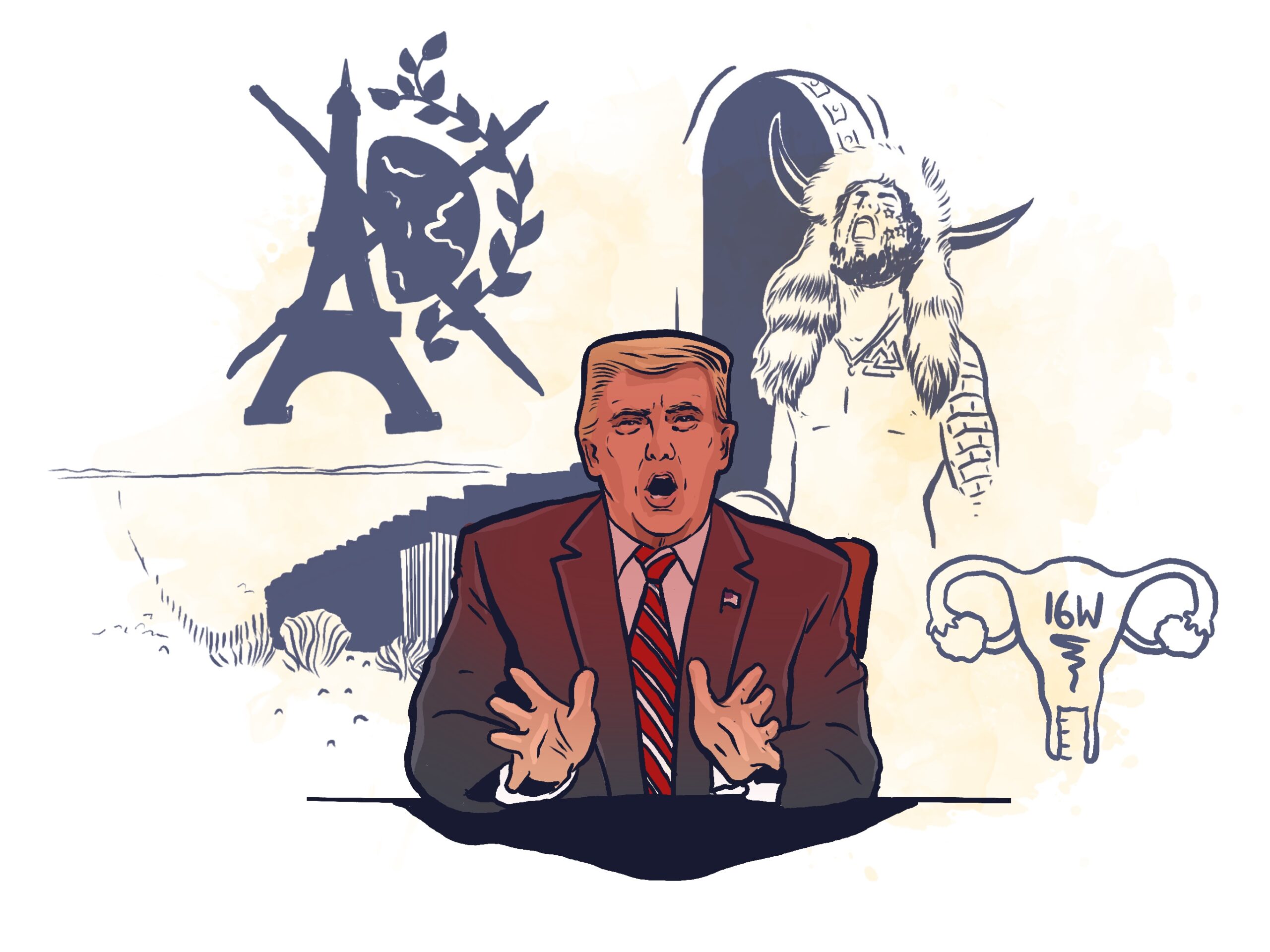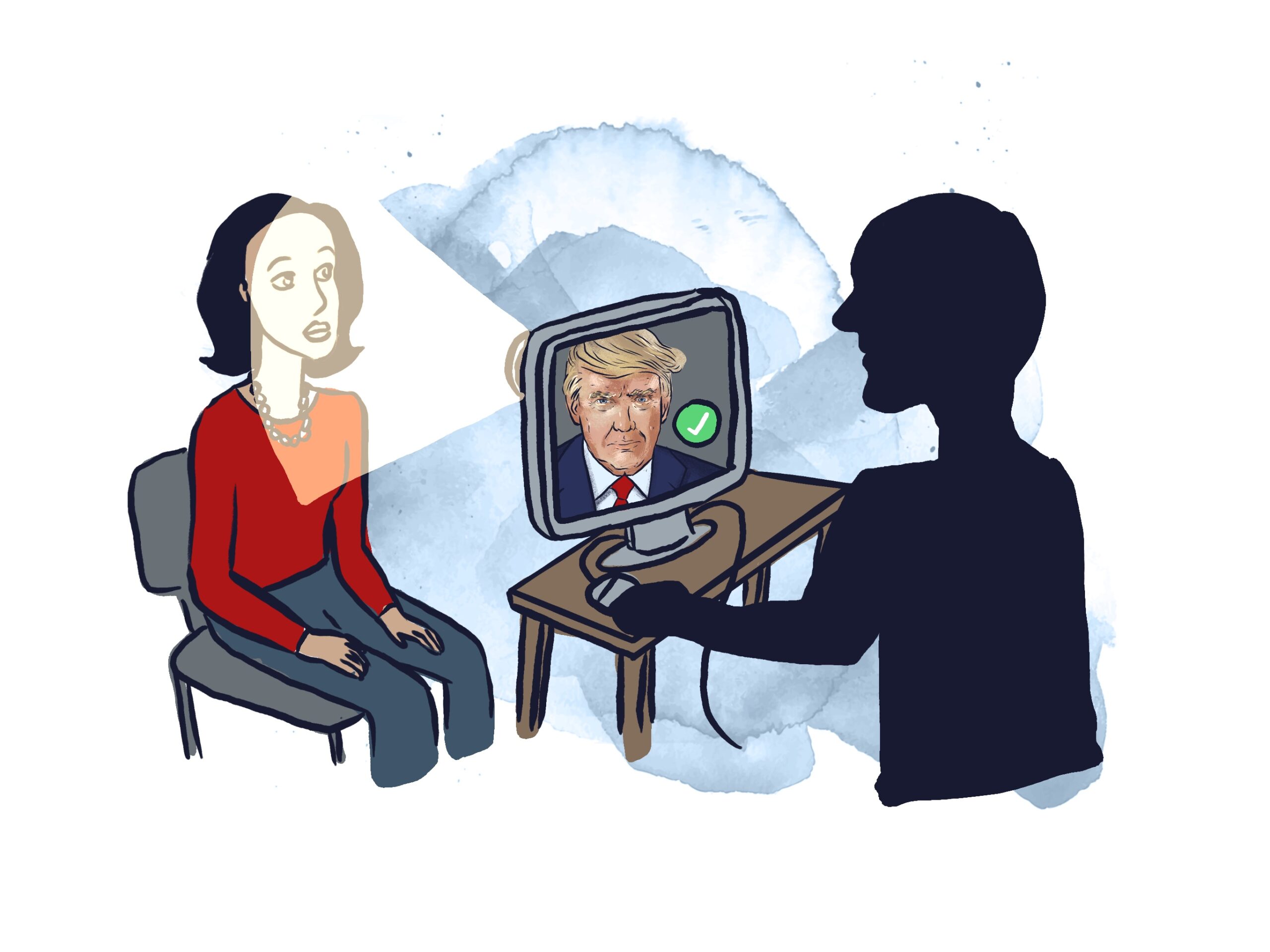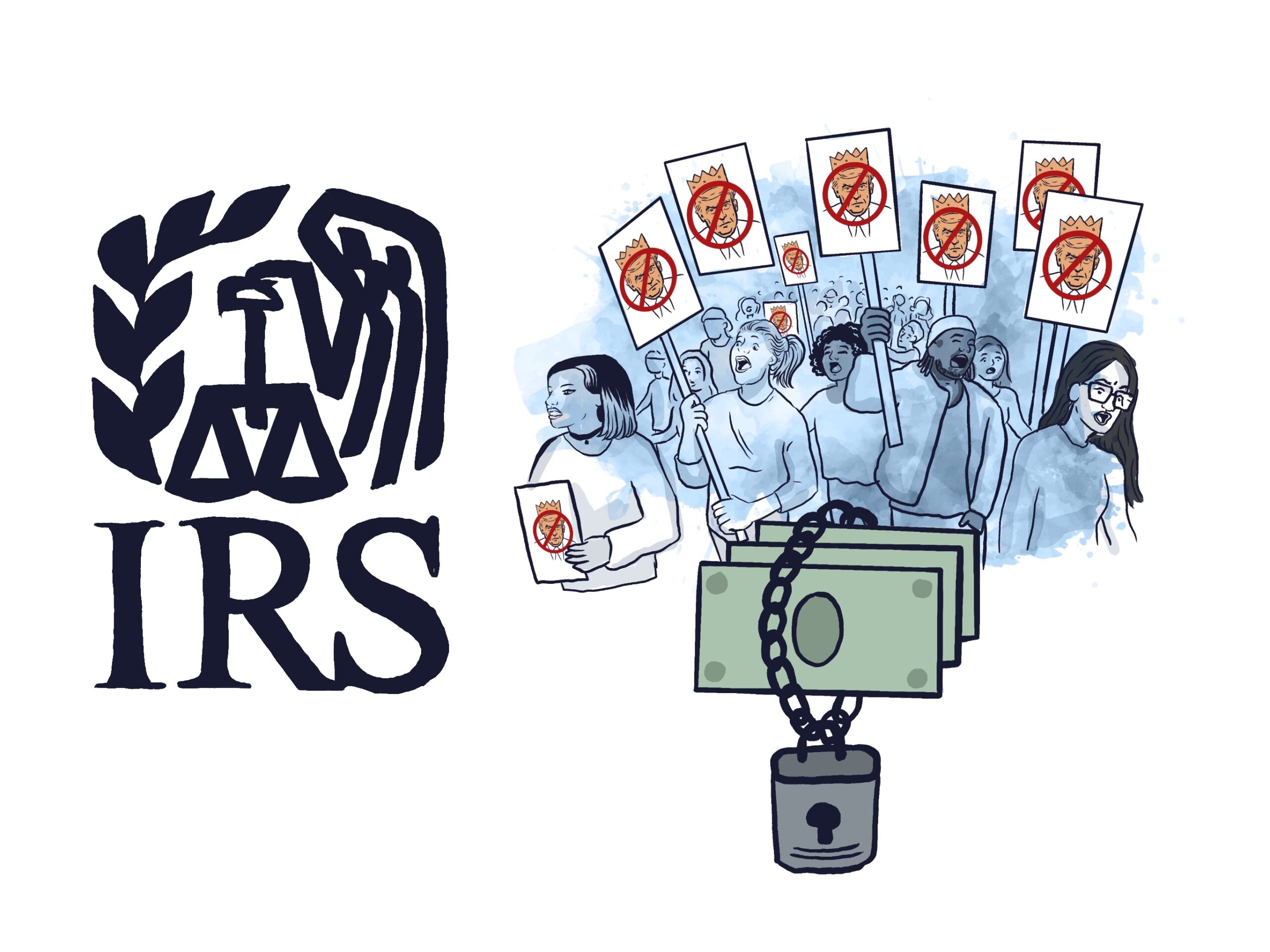Donald Trump’s first day in office unleashes a blitz of executive orders. He closes the border with Mexico, a move immediately challenged (but not halted) in the courts. He withdraws from the Paris Agreement on climate change and orders the deletion of all climate research from government websites. He pardons himself and all the January 6th insurrectionists of all federal crimes. A week later he institutes a 16-week abortion ban, which is immediately frozen in the courts.


For the next 100 days, you tremble reading the news. Trump reclassifies 50,000 government workers as Schedule F employees so he can fire them all. The courts temporarily hold up this decision. But all cabinet members and political appointees are replaced by people screened for their loyalty to President Trump. Trump uses the Federal Vacancies Replacement Act to bypass the Senate and install hundreds of loyalists into his government.
Your friend notes the protests you were part of have become a Trump target. Trump’s temporarily appointed head of IRS orders a freeze on the assets of the major organizations involved in the protest, calling it an “insurrection.” The IRS opens an investigation into the nonprofit status of Planned Parenthood, MoveOn, and a dozen other organizations. Those organizations are told they may have their status revoked and assets frozen.


You realize you need to think more strategically. Protesting expresses opposition to Trump’s policies, but it doesn’t stop him from acting. You consider how you’d like to move in the upcoming months.
